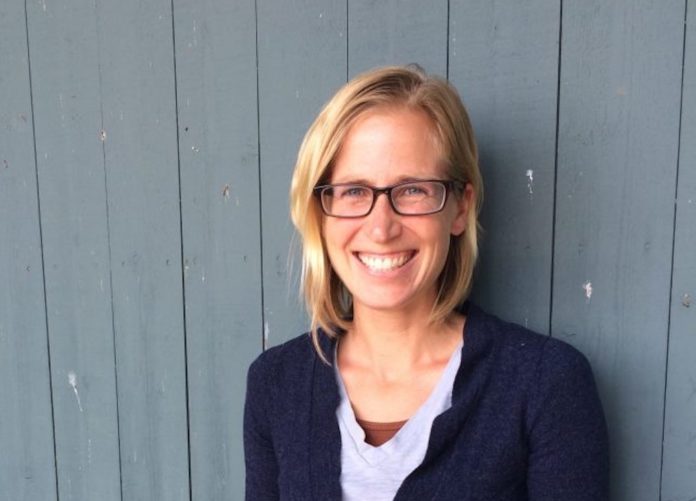
A team of scientists from Florida International University and The Nature Conservancy are setting out to show the ocean from a new point of view. Called “ocean wealth,” this concept measures the specific benefits produced by particular reefs and facilitates the comparison of different ocean locations.
“The point of the Mapping Ocean Wealth Initiative is to get as many smart people together as possible to describe the various social and economic benefits that we get from coral reefs, mangroves, seagrasses, and other coastal ecosystems,” says Dr. Robert Brumbaugh, senior marine scientist with TNC. “We have to get a bit more serious about managing specific places a bit more deliberately for specific outcomes. We’re maybe driving in the dark a little bit; this info sheds some light.”
The TNC initiative began as a global initiative six years ago. The Florida chapter, which includes Brumbaugh, Dr. Rachel Zuercher and Dr. Alastair Harborne from FIU, and Kathleen Freeman and Rachel Lakyo from TNC, applies the data tools to measure and value our local reefs. Zuercher presented the findings at FIU’s monthly Ocean Life Series lectures on Sept. 26 at the Murray Nelson Center.

“Ocean wealth” includes measures like fish biomass (the amount of fish), tourism dollars generated, and coastal flood protection in property value or number of people protected, Brumbaugh explains. All that data is transformed into spatially-explicit maps and models to better understand how one section of reef or mangrove sizes up against another in terms of “wealth.
The team also predicts how those wealth measures fluctuate across different locations when different factors are manipulated. Florida wide, fishing explains abundance of fish in certain areas, says Zuercher. But other factors also contribute to how many fish you will see snorkeling, from wave exposure (number of waves hitting a reef) and water temperature to coral rugosity (physical terrain and complexity of our reefs) to proximity of spawning aggregations or marina slips.”
Zuercher’s research set out to map out fish biomass on the Florida reef tract from the top of Martin County through the Dry Tortugas, and to map potential biomass given existing and potential future environmental conditions. By leveraging decades of NOAA and Florida state scientists’ fish count and monitoring data against what they understand about how environmental and human factors influence fish populations, the researchers can now predict fish biomass across the entire reef tract even where no fish counts have been done. “Our study creates a bridge between habitat (fish-making) and more traditional fisheries management (fish-taking),” explains Brumbaugh. “Both of those things ought to be considered carefully in management any decision-making context. Is habitat making a lot of fish? Is it making as much as it could?”
“Our intention with the work was to develop a set of tools that managers can use,” adds Zuercher. The specificity of their data helps identify which reefs are good candidates for management actions and which won’t provide much bang-for-buck to recover fish populations. Brumbaugh explains, “If we have a choice to restore between five different places and we have info like this, we can focus on the reef that is important for producing fish or that has the potential to create fish if we changed something about it, like restoring more coral tissue.”
The team hopes their study will bring habitat more explicitly into fisheries management restoration decisions and help to “fine-tune” policy and investment decisions for the good of both the marine environment and those that rely on it.
“This work presents a real opportunity. It allows us to see what’s possible,” Zuercher said.
























